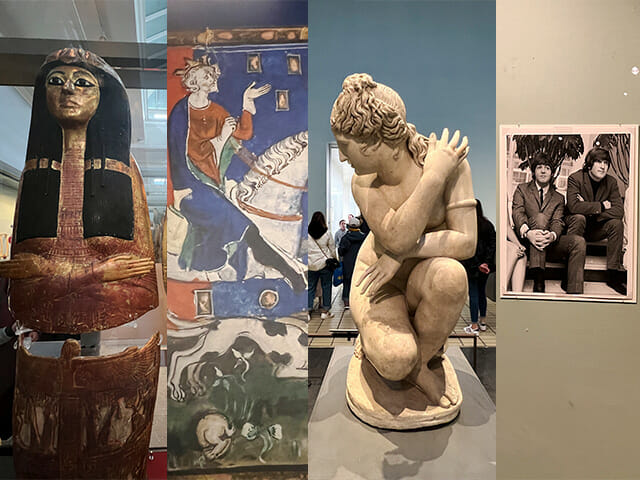Bloomsbury has been described as one of central London’s hidden treasures, with elegant Georgian architecture and beautiful garden squares. It is a great place just to walk around but you should also set aside some time to stop off at some of the fascinating museums you can find in the area. Here are some of our favourites.
The British Museum
Topping the list has to be the British Museum. One of the most visited museums in the world, it is packed with artifacts of enormous historical importance, including the Rosetta Stone, the Elgin (Parthenon) Marbles, and the Egyptian mummy collection. The Great Court in the centre of the Museum is worth a visit in itself. There is so much to see that some advance planning can pay dividends – see the Museum’s website for a useful map of the galleries. (https://www.britishmuseum.org)
There are two entrances to the Museum. The closest to Tavistock Place Apartments is on Montagu Place. Alternatively, you can use the main entrance on Great Russell Street at the front of the building. With the exception of special exhibitions, entrance is free of charge.
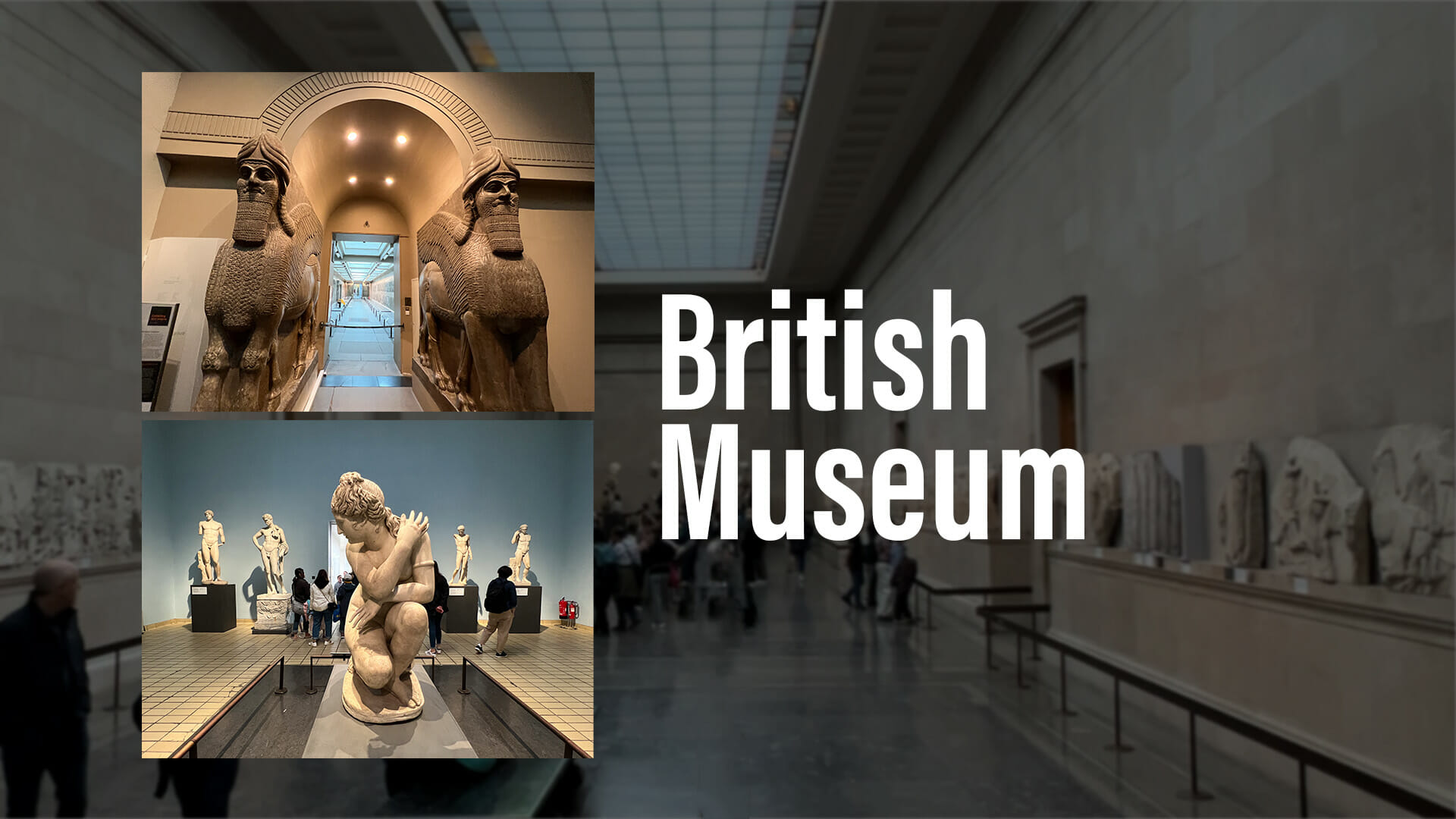
The Charles Dickens Museum
Charles Dickens lived at 48 Doughty Street between 1837 and 1839, where he finished The Pickwick Papers and wrote Nicholas Nickleby and Oliver Twist. Since 1925, the house has been open to the public and is furnished with items that he owned, including his writing desk. A blue plaque on the east of Tavistock Square marks the location of Dickens’ home from 1851 to 1860 but this building is no longer standing. The Dickens Museum is of interest not only because of its connection to the famous author but also as a window into the domestic lives of middle-class Victorian families. It is open from Wednesday to Sunday but particularly recommended are the guided evening tours. https://dickensmuseum.com
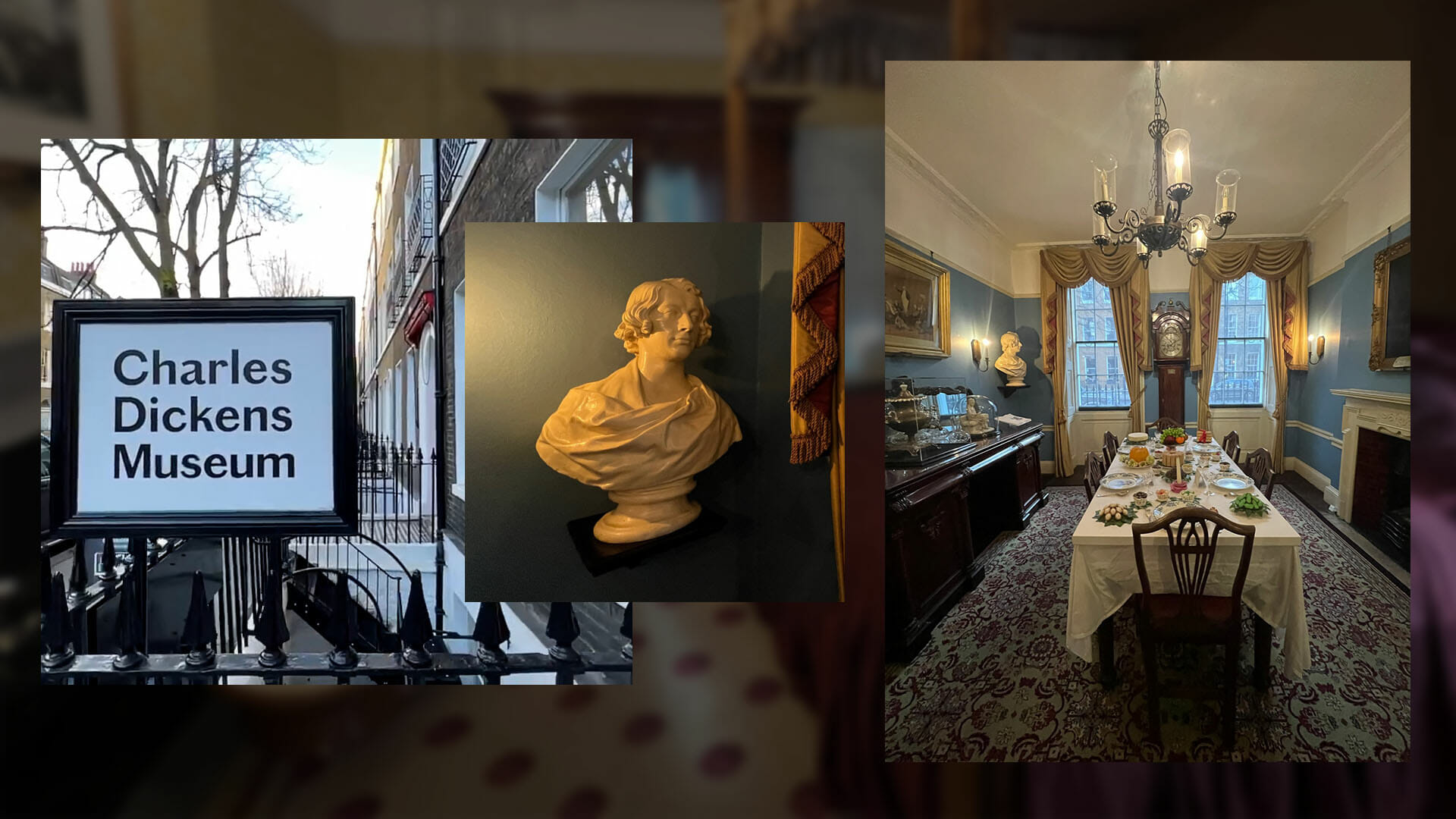
The Postal Museum
A truly original museum is the Postal Museum, at 15-20 Phoenix Place. This is a well-presented retrospective of the evolution of the Royal Mail. However, the real gem is the Mail Rail, a subterranean railway system that was used between 1927 and 2003 to transport mail between sorting offices across London. A section of the railway remains open to the public, on special trains that resemble those that carried the mail. It is even possible to book a guided walking tour of the railway. https://www.postalmuseum.org
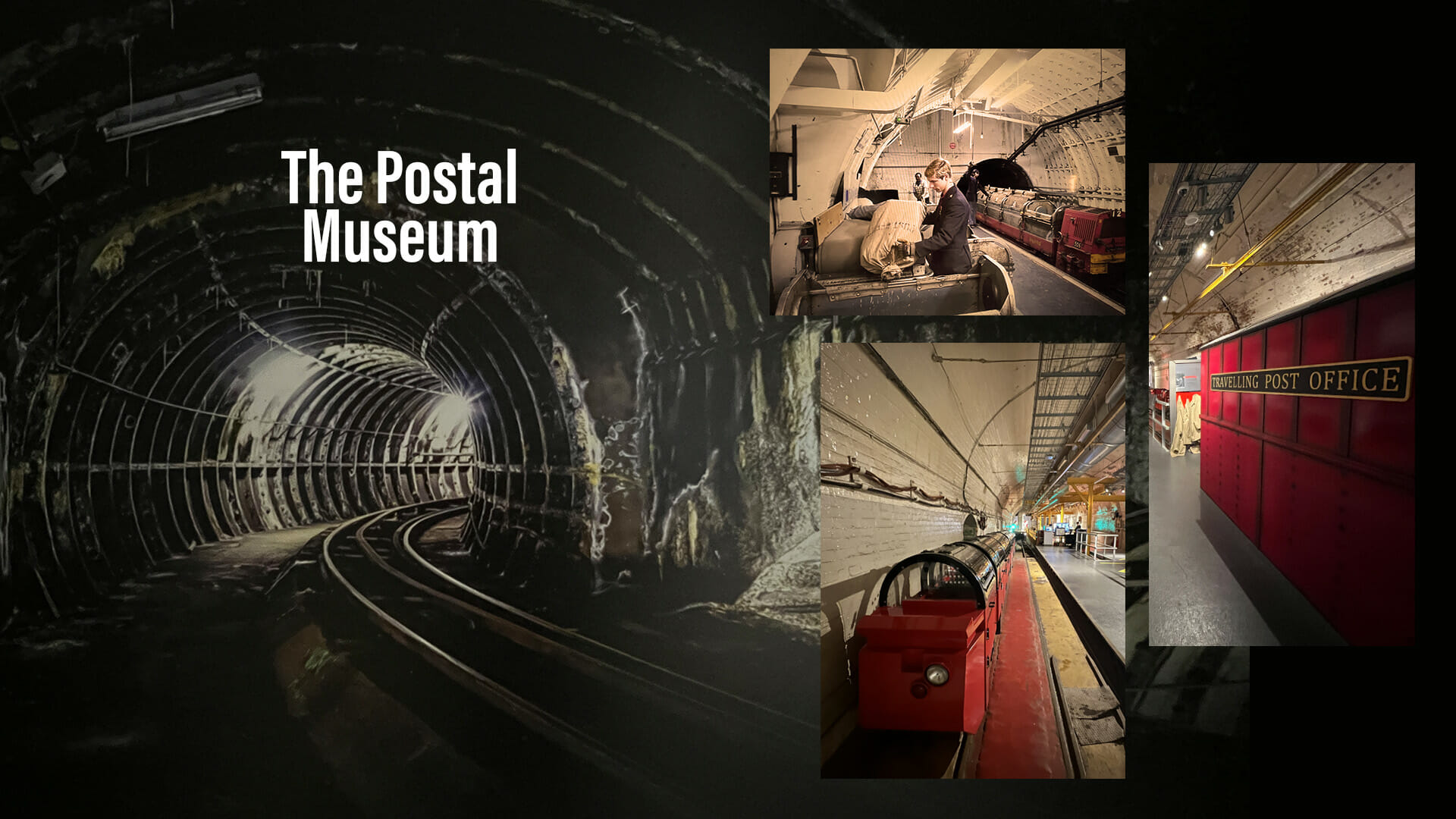
The British Library
The British Library used to be part of the British Museum but is now located at 96 Euston Road in a building opened by Her Majesty Queen Elizabeth in 1998. Since 1662 it has been entitled to receive a copy of every book published in the UK and Ireland and now has over 170 million items (representing over 750 km of shelving). Most of the library’s facilities are dedicated to research. However, in the Treasures of the British Library collection, you can see some of the most significant items that the Library holds. They include the Magna Carta from 1215 (which founded the principle that the King is subject to, and not above, the law), Shakespeare’s First Folio, Jane Austen’s writing desk and spectacles and the Lindisfarne Gospels (a Christian manuscript from around 700 AD, containing the four gospels recounting the life and teachings of Jesus Christ) Entry is free of charge. https://www.bl.uk/events/treasures-of-the-british-library
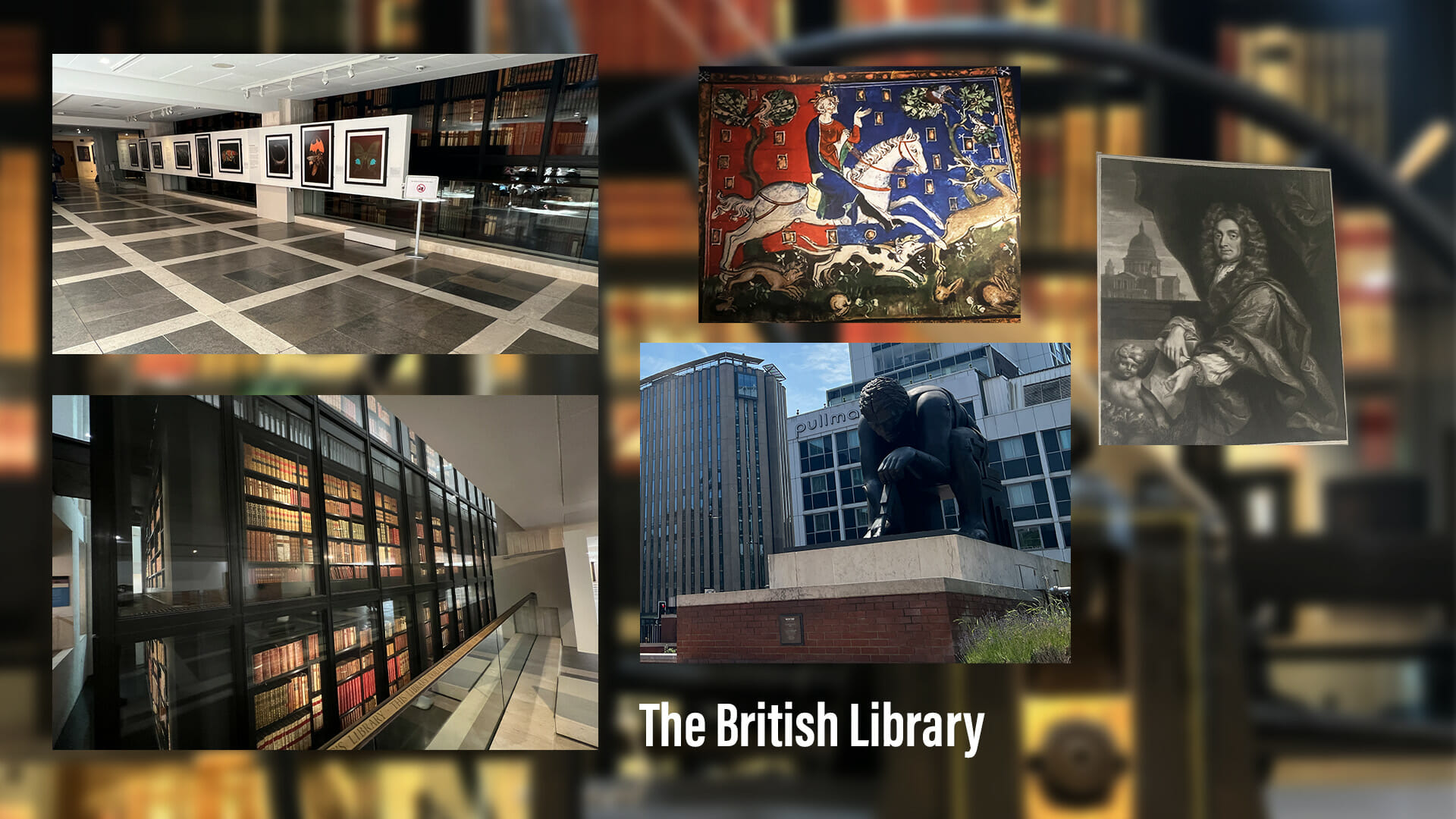
The Foundling Museum
The 18th and 19th centuries were periods of great poverty in many parts of London. Unmarried mothers faced a particular challenge, as the stigma of illegitimacy was particularly acute in Victorian times. However, those who had lost their husbands through separation or death also struggled. Many mothers felt that their only option was to abandon their babies, sometimes on door stops or outside churches. These children were known as foundlings.
The Foundling Museum is just five minutes’ walk away, at 40 Brunswick Square, on the site of the Foundling Hospital. Rather than abandoning their children in the street, mothers could give them up to the Hospital, although demand for its services was such that places had to be allocated by ballot. If the mother drew a white ball, the child would be accepted on passing a medical test; a red ball provided a place on the reserve list, while a black ball meant that entry was refused.
The Museum tells the story of this, the first children’s charity. It not only provides a glimpse into this seam of history but also gives an insight into the emotional struggles that underpinned it. Testament to these is provided by a heartbreaking series of tokens left by the mothers, which were kept with the children’s admission papers and used to identify the mothers if they later claimed their child. Sadly, these reunions were vanishingly rare. https://foundlingmuseum.org.uk.
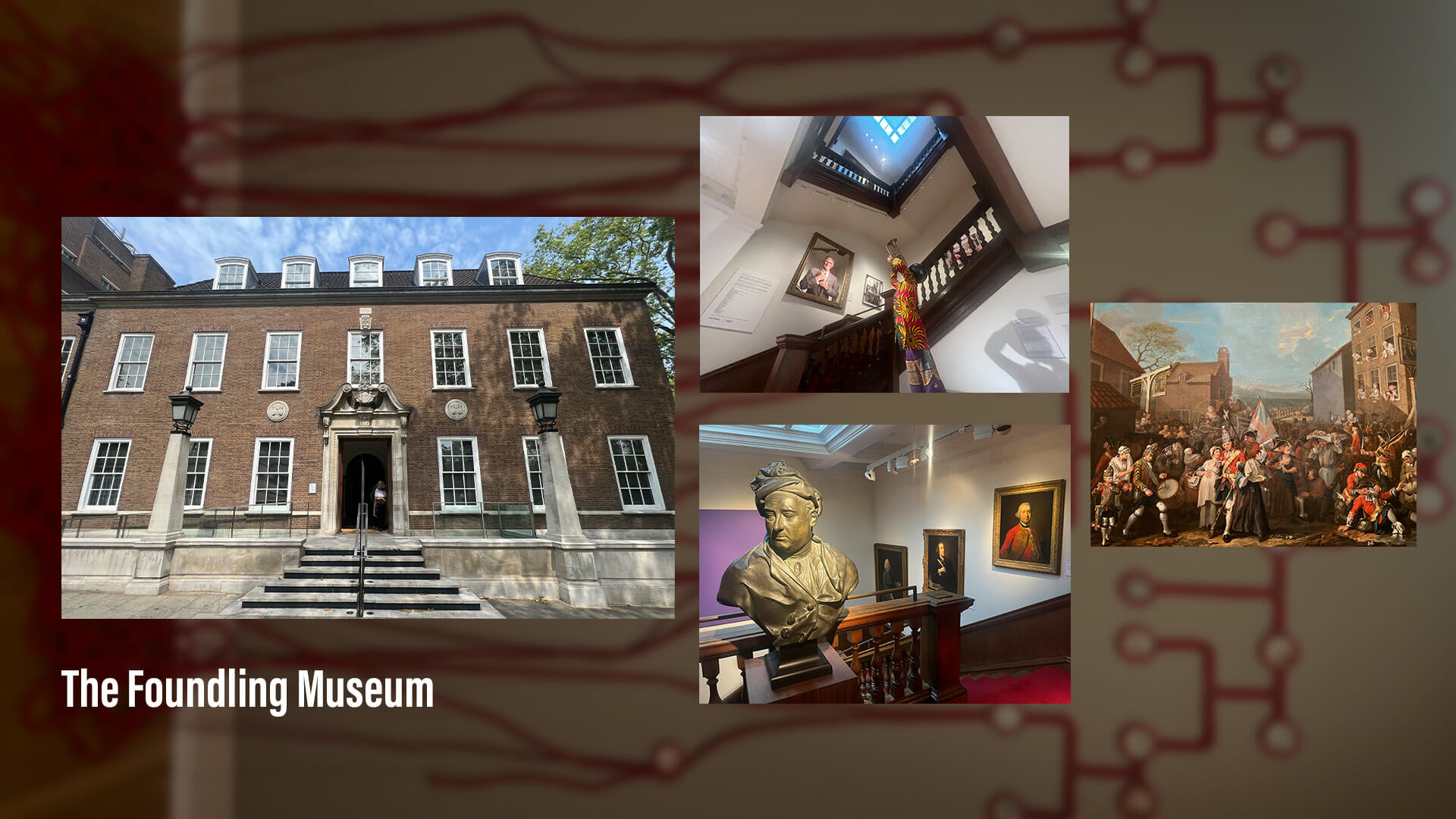
The Horse Hospital
Yes, it really was a hospital for horses. Constructed in 1794-97, it provided stabling and veterinary services for cab drivers’ sick horses. Access to both floors is via concrete ramps, with hardwood slats on the upper ramp to stop the horses from slipping. As demand for horse hospital services in central London has diminished somewhat, the building is now a small arts venue which hosts regular talks and exhibitions. It can be found on the corner of Herbrand Street and the Colonnade. https://www.thehorsehospital.com

